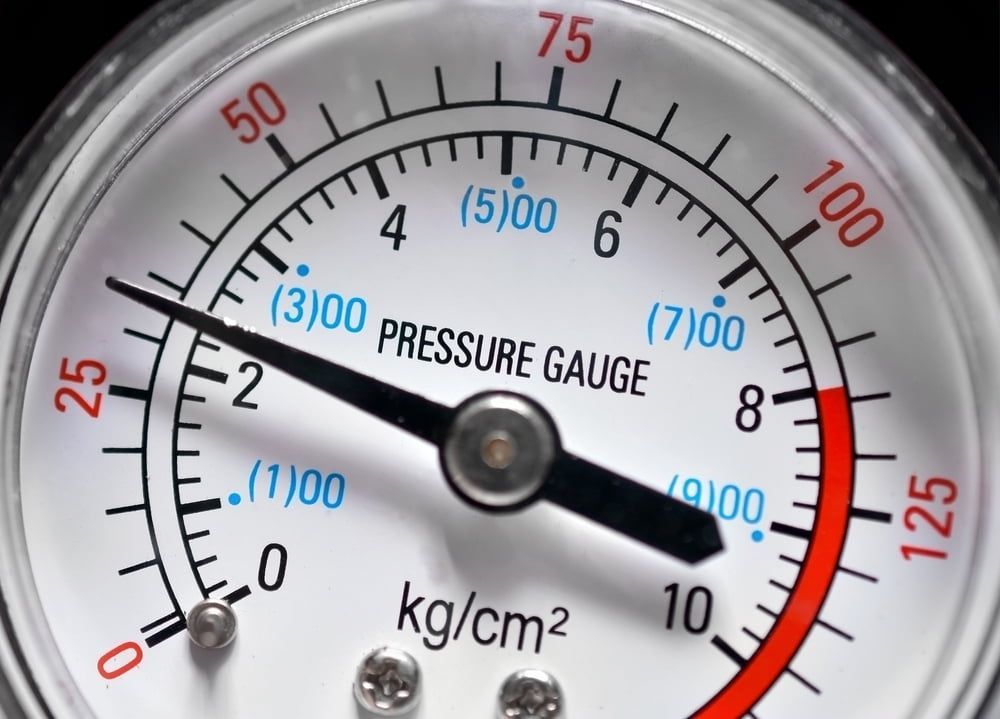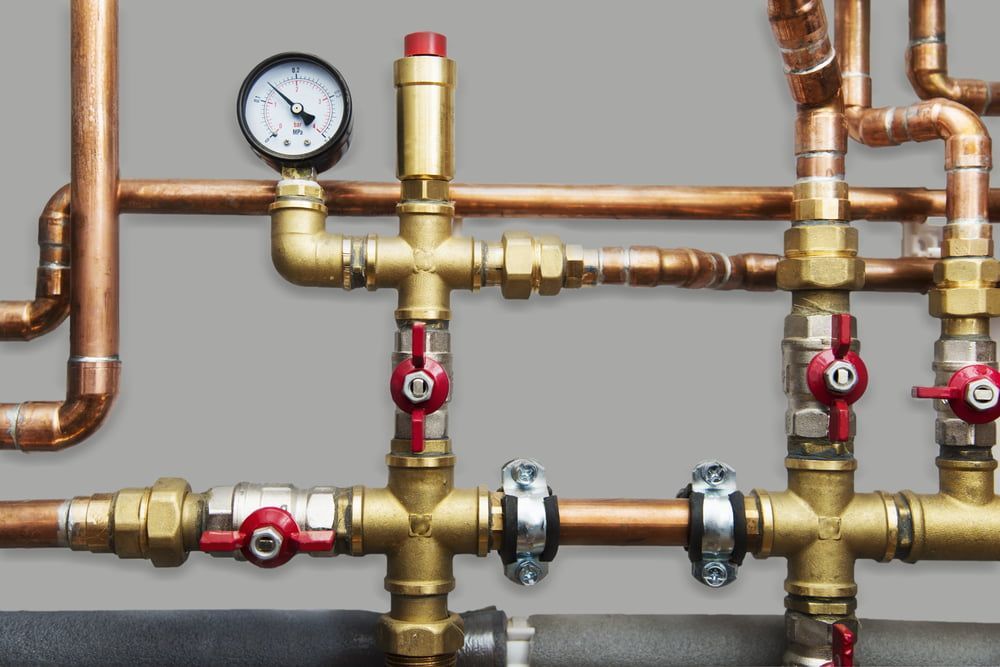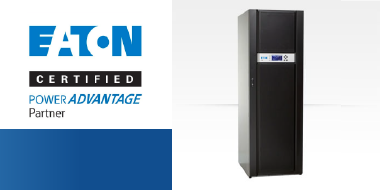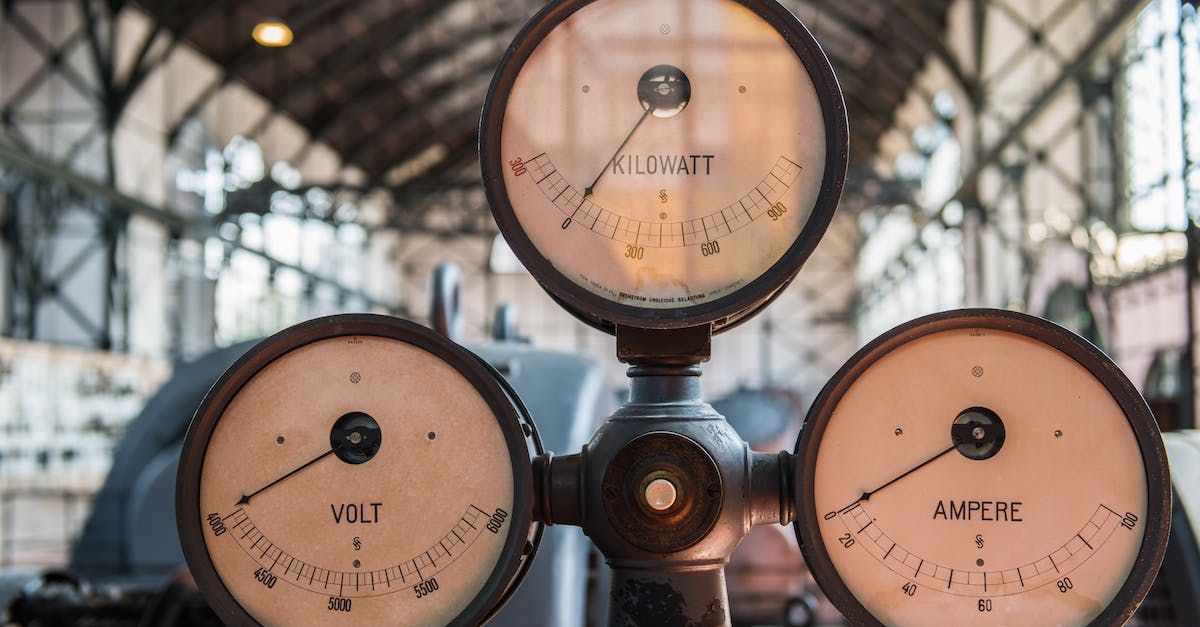The Difference Between Amps vs. Volts vs. Watts
Share this article:
The term “watts” often describes power or electricity. Perhaps your floor lamp at home requires 60 or 90-watt light bulbs. However, do you know how many watts your coffee maker needs to work effectively?
Additionally, similar terms such as “amps” and “volts” can quickly be confused with watts. Are you familiar with how many amps your dishwasher is rated for? Or, for devices like uninterruptible power systems (UPS) that hardly mention watts, do you refer to them instead as “volt-amperes?”
What exactly do amps, volts, and watts mean? What are their differences? Can they be used interchangeably? In the following content, we unpack each electrical term as defined by the International System of Units (SI) and the Bureau International des Poids et Mesures (BIPM).
A Helpful, Waterlogged Analogy
Picture water flowing within a closed system, such as a pipe. The circuit made by the water represents electrical flow. Electricity, like the water, moves in a continuous circular fashion through a conductor, exemplifying a wire. Each individual electrical term – amps, volts, and watts – plays an important role in the flow of electricity.
What is Amperage?

Amperage is a term commonly abbreviated to “amps” or classified as “A.” In the water analogy described above, amps would define the volume of water moving past any specific point at a certain moment.
Within an electrical circuit, amps measure the electrical current, or the volume (not speed) of electrons present. For example, a home dishwasher may have a rating around 10 amps. To put this in perspective, a single lightning strike measures at approximately 20,000 amps.
What is Voltage?
Voltage can be compared to water pressure. Volts represent the speed at which electrons pass a specific point within the closed circuit. Voltage, also abbreviated as volts or classified as “V”, represents the difference in potential. Potential difference exists between two points of a conductor usually made of wire and consistently carries the current. The constant current equals 1 ampere, and the energy dissipated between the points is 1 watt.
What is the difference between volts and amps?
Amps and volts perform complementary to one another with their own distinct functions within an electrical circuit. An ampere measures electricity. Volts represent the difference in potential that drives amps to flow through the closed circuit. Therefore, while amps represent the volume of water, volts carry the water through the circuit.
What are Volt-Amperes?
Volt-amperes are units of measurement for “apparent” electrical power, calculated by multiplying voltage by amperage. VAs are often used to simplify power ratings, helping to determine how much power the current will draw when in use.
What are Watts?
Derived from the formula V x A = W, a watt is the rate of power flow that results from amps flowing through a volt’s electromotive force. Watts measure the power that is actually generated within the electrical system. For example, if the water system described above was used to operate a mill, watts would represent the energy created to power the mill.
The Difference Between Volt-Amperes and Watts
If both volt-amperes and watts are derived from multiplying voltage by amperage, how are the concepts distinct? While it is true that both watts and volt-amperes measure electrical power, the type of power measured is different.
As mentioned, VAs measure “apparent power,” while watts measure “real power.” Real power defines how much energy (heat) is consumed or generated. Apparent power calculates how much electrical power the current will draw once active.
What is an Ohm?
An ohm defines electrical resistance. Within an electrical circuit, resistance is derived from any material or object that reduces electrical flow. Ohms measure that precise amount of resistance. Within the hydraulic analogy, ohms represent pipe size. For example, less water will be able to flow through a narrow pipe than a wide pipe, at the same pressure. The wide pipe is less resistant than the narrow pipe.
A Helpful, Waterlogged Recap

Picture again electricity coursing through a conductor as water flowing through a closed pipe system.
- Amps represent the volume of water present.
- Voltage represents the water pressure
- Watts are the energy created by the closed system that powers the mill.
- Ohms represent the amount of resistance created by the size of the pipe.
If the closed pipe system was turned off, volt-amperes may be used to describe the potential energy that will be created once the circuit is in motion.
EatonUPS Systems
At FGC Equipment , understanding the ins-and-outs of electricity is our job. With expert assistance from Technical Consultants, we assist in the process of selecting the right uninterruptible power system (UPS) for your application – our Consultants will review specifications, proper sizing, voltage selection, and runtime calculation for you.
Please do not hesitate to reach out with any questions about an Eaton UPS System. 844.501.1887 or via our online contact form today.




